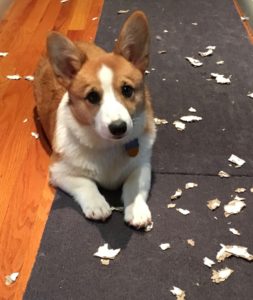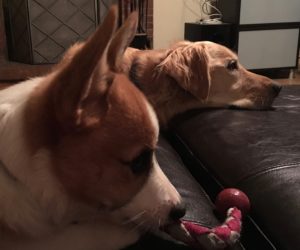 Rune Skelley’s process is pretty intensive with the supporting materials, as regular readers here are well aware. It’s a system that has evolved as Jen and Kent have worked together on numerous novels over the years. We talk a lot here about the textual elements: rainbows, outlines, and stubs. What we don’t mention so often are the visual aids, but it turns out those can be just as important.
Rune Skelley’s process is pretty intensive with the supporting materials, as regular readers here are well aware. It’s a system that has evolved as Jen and Kent have worked together on numerous novels over the years. We talk a lot here about the textual elements: rainbows, outlines, and stubs. What we don’t mention so often are the visual aids, but it turns out those can be just as important.
In addition to seeking inspiration on Pinterest and stock photo sites, and “casting” our main characters by including a pic in their bio, we like to create maps and diagrams. Cities, buildings, ships, underground complexes — you name it, we draw maps of it.
Usually.
It might be because we’re so eager to get the current WIP wrapped up, or maybe we’ve just become a little too comfortable with ourselves, but we neglected to draw any pictures of a key locale that figures in the finale. We talked about the place a lot, made good notes. But Kent noticed something about the first draft that he thinks is due to skipping the actual floor plan: he’s hesitant to enrich the scenes with sensory details.
This is a first draft, and of course we’ll address any such deficiencies during revisions. It’s not a disaster, although it might end up being more work than if we’d prepared the visuals up front. (We’re big on up-front preparation.)
Kent’s theory is that this “fear” of details arises from there being two of us working together without concrete documentation of the locale. We’re each making things up as we go, and we might not make them up exactly alike. Mentioning anything specific, like saying the door is on the right or the table is black, creates a potential continuity issue. The logical conclusion then? Don’t mention any details! That way we can’t contradict each other. We can literally keep our story straight. Straight, and devoid of texture or context.
It’s too vague, too loosey-goosey. If only we had a tool to fix that problem…
Wait a minute, we do! The Rune Skelley Writing Toolbox contains numerous strange implements, among them a pair of wrenches. There’s the familiar monkey wrench, meant to be thrown into the gears when everything feels like it’s running a smidge too neatly, and then there’s the goose wrench. That one’s more subtle, and its job is reduce chaos without making everything too rigid. It’s usually deployed during the outlining stage, keeping the plot from losing its shape, but it can also manifest as visual aids that keep the setting (and characters, and props, and so on) in focus.
Remember, Kent: righty-tighty, lefty-loosey.
![]() The rainbow for Book 2 is proving to be a lot of work, but we’re certainly glad to be identifying all these gaps now rather than later. With as many times as we’ve done the rainbow process, the challenges of this series have been something of a surprise.
The rainbow for Book 2 is proving to be a lot of work, but we’re certainly glad to be identifying all these gaps now rather than later. With as many times as we’ve done the rainbow process, the challenges of this series have been something of a surprise.

